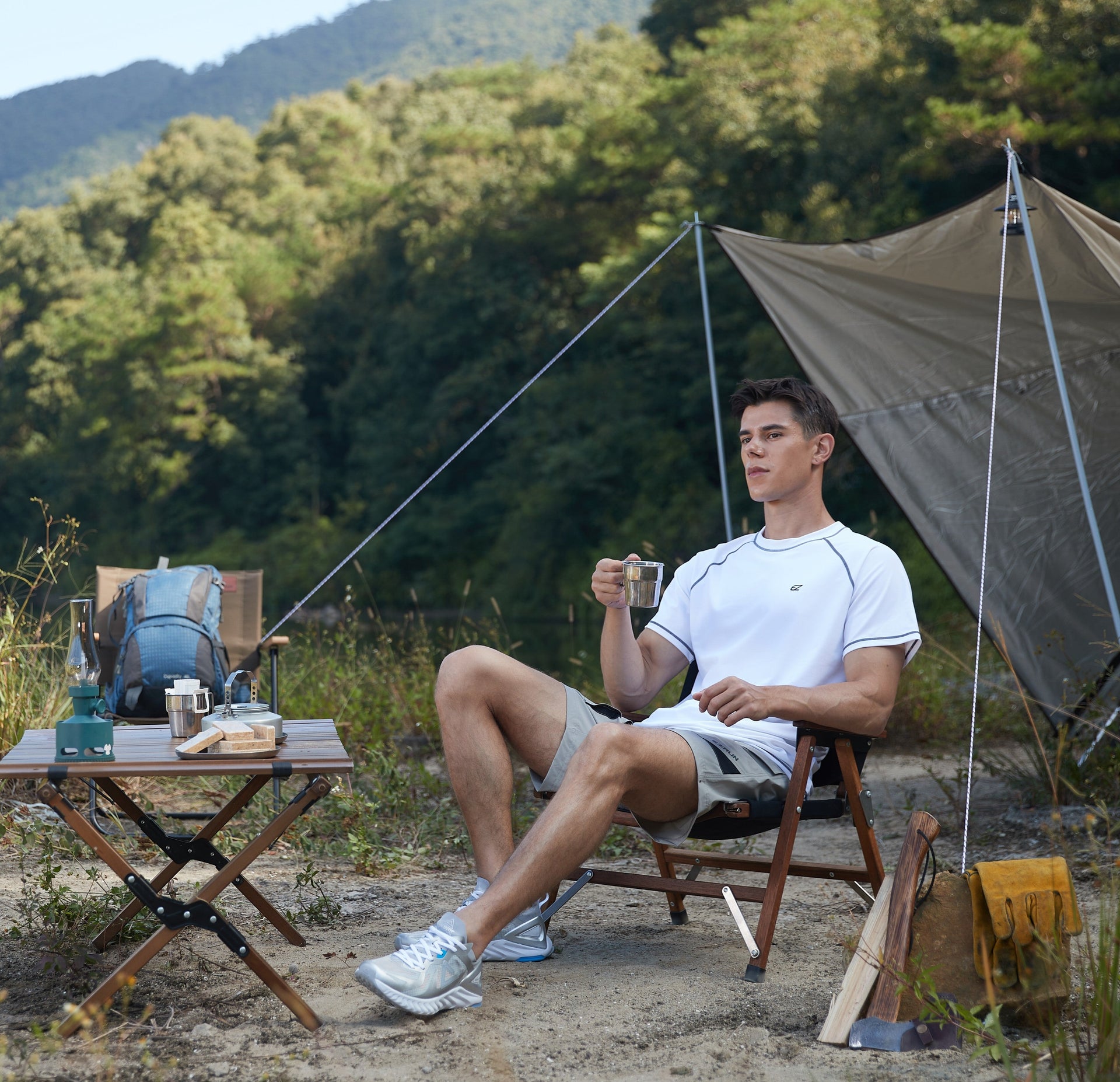
Surviving the Wild: A Guide to Safe and Smart Overnight Camping
There’s nothing quite like spending a night under the stars—crackling campfire, fresh air, and the peaceful sounds of nature. But before you zip up that tent and settle in for the night, there are some crucial things you need to know to stay safe and comfortable. Whether you're a seasoned camper or a newbie, this guide will help you navigate the wild while keeping danger at bay.
Plan Ahead—Because Nature Has No Undo Button
Before heading out, research your campsite. Check the weather forecast, know the terrain, and be aware of local wildlife. Some parks require permits, so make sure you have the necessary paperwork. Inform someone about your plans, including when you’ll return—just in case you go off-grid longer than expected.
Pack Smart—The Right Gear Can Save Your Life
A successful camping trip starts with the right equipment. Here’s a checklist of must-haves:
1. Tent & Sleeping Gear: A sturdy, waterproof tent and a warm sleeping bag suitable for the season.
2. Clothing: The key to comfort is layering. Opt for breathable and moisture-wicking materials. Outdoor clothing, like lightweight long-sleeves, durable joggers, and quick-dry T-shirts, will keep you comfortable regardless of the weather.
3. Navigation Tools: A physical map, compass, or GPS (don’t rely solely on your phone—it may die or lose signal).
4. Fire-starting Kit: Waterproof matches, a lighter, or a fire starter (because rubbing sticks together is harder than it looks).
5. First Aid Kit: Bandages, antiseptic wipes, tweezers, and any personal medications.
6. Multi-tool or Knife: Useful for cutting rope, preparing food, or dealing with unexpected situations.
7. Emergency Shelter: A tarp or space blanket can be a lifesaver if you get stranded.
Camp Smart—Safety First, Comfort Second
1. Pick the Right Spot
- Set up camp on level ground, away from cliffs, riverbanks, or dead trees that could fall.
- Avoid areas with heavy animal activity—those tracks aren’t just decoration.
- Keep a safe distance from water sources; flooding can happen unexpectedly.
2. Fire Safety Matters
- Only build fires in designated areas.
- Keep water or dirt nearby to extinguish flames if needed.
- Never leave a fire unattended (unless you enjoy surprise forest fires).
3. Food Storage = Survival
- Store food in airtight containers or bear-proof canisters.
- Hang food bags from a tree (at least 10 feet high) if camping in bear country.
- Never eat inside your tent—unless you want to be a midnight snack for wildlife.
What If Things Go Wrong?
Even with the best planning, emergencies can happen. Here’s how to handle them:
1. Getting Lost? Stay Put.
If you lose your way, don’t wander aimlessly. Instead:
-
STOP (Sit, Think, Observe, Plan).
-
Use your whistle (three blasts = distress signal) or signal with a mirror.
-
If possible, move to an open area where rescuers can spot you.
2. Injury in the Wild?
-
Clean wounds immediately to prevent infection.
-
If a bone is broken, immobilize the limb and seek help.
-
For burns, cool the area with clean water and bandage loosely.
3. Wildlife Encounter? Read the Room.
-
Bears: Stay calm, back away slowly, and avoid eye contact. Do NOT run.
-
Snakes: Step back slowly and give them space.
-
Insects: Wear long pants (like EZRUN’s outdoor joggers) to protect against bites.
4. How to Signal for Help
If you’re in a true survival situation:
-
Use a whistle (three sharp blasts).
-
Light a signal fire—three smoke columns mean distress.
-
Use a mirror or flashlight to reflect sunlight toward rescuers.
-
If you have a phone, send texts—they use less battery than calls.
Final Thoughts: Enjoy, But Stay Safe
Camping is an incredible experience, but preparation is key to making it a great one. Dress smart with EZRUN‘s outdoor gear, pack wisely, and always respect nature. That way, your biggest worry will be whether you packed enough marshmallows—not how to escape a bear encounter.
Stay safe, have fun, and happy camping!